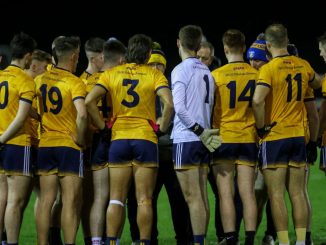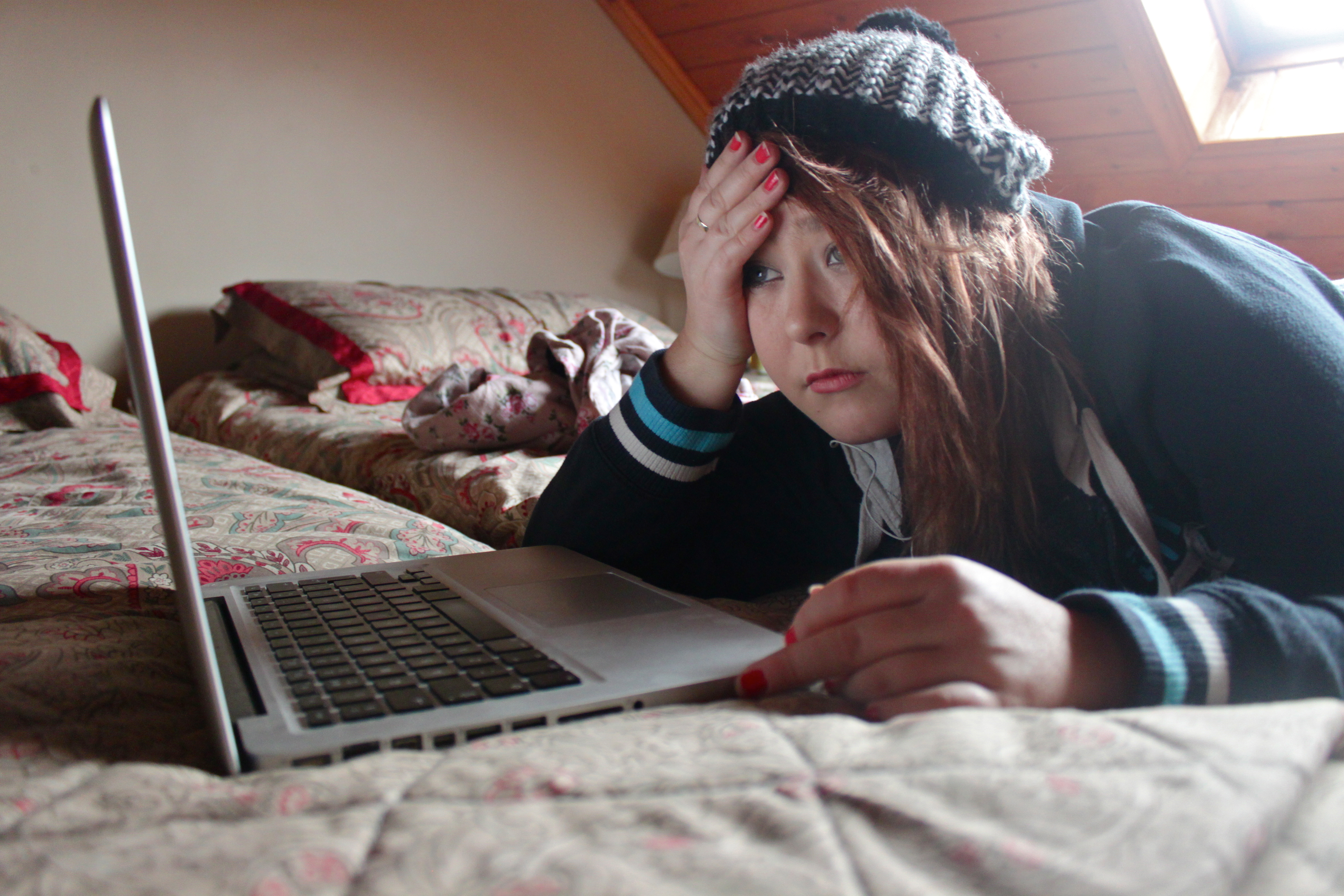
While the threats of artificial intelligence (AI) have been illustrated and proposed primarily through fictional media and literature, the fast development of artifices like chatbots, voice cloning, and fabricated images and videos, also known as ‘deepfakes’, has now provided society with a new computation of surmised corruption and hysteria awaiting our future.
The premier vice found when one speculates about the dangers of AI, is to be misinterpreted, as rejecting the vital innovation of technology and the self-sufficiency valued through the free market. But supporting attested technology as a new and safe tool for society and rejecting the development of ‘trickster’ technology, which could compete with human aptitude and act as a force for misinformation, are not indistinguishable.
AI is merely a tool for identifying and processing data, and such performances are already beneficial functions in healthcare, agriculture, e-commerce, and common products and software like Amazon’s Alexa, Google Home, or Apple’s Siri.
Bill Gates on the future of AI writes that “[AI] will be able to do everything that a human brain can, but without any practical limits on the size of its memory or the speed at which it operates. This will be a profound change.”
One key concern often raised, is the ability of chatbots to produce creative written compositions like, essays, poems, and even song lyrics.
The quality of such creative competency by chatbots still remains subjective, but the degrees of written resourcefulness and development can only be enhanced as the technology evolves. This may not make the human contribution and skill to media, art, and literature subordinate and won’t ‘replace’ us outright; however, the mass production of cheaper and more rapid content would make the use of AI more prevalent in these creative domains.
The Independent reported in February that hundreds of books available on Amazon in the last few weeks, were produced or co-written by AI software like ChatGPT. The article expounds that, “Due to the nature of ChatGPT and many authors’ failure to disclose they have used it, it is nearly impossible to get a full accounting of how many e-books may be written by AI.”
If society is relegated to sheer audiences of AI, this will deprive the furthering of the innate creative means of ambitious individuals for not only the future, but also the creative ventures of the past.
The challenges with misinformation online are now further enhanced with the assistance of AI-generated images and videos. Fake images of celebrities and public figures have recently been trending on social media, only to be confirmed fictitious upon examination, following the initial online circulation and exposure.
One recent example was of Pope Francis wearing a fashionable puffer jacket, which turned out to be a fake, developed by A.I. software. RTE reported that “in just three days, the image migrated from Reddit to Twitter and beyond, fooling scores of people into thinking it was a real photo of the Pope.”
Spurious images can be innocuous, but could the use of fake images be maliciously misemployed and disseminated further in the future?
In conclusion, AI is no longer a gimmick or inaccessible to the average person and has practical functions that are already integrated into vital industries and used every day by consumers, including modern home appliances, electronic devices, and obliging digital assistants on our smart phones.
However, for AI to be truly embraced, and due to the growing trend of fake images, harmful content, and misinformation disseminated online, society needs to combat fraudulent and unlawful actions to maintain respectability and legitimacy.
Jack Redmond
Image Credit: Pixabay



